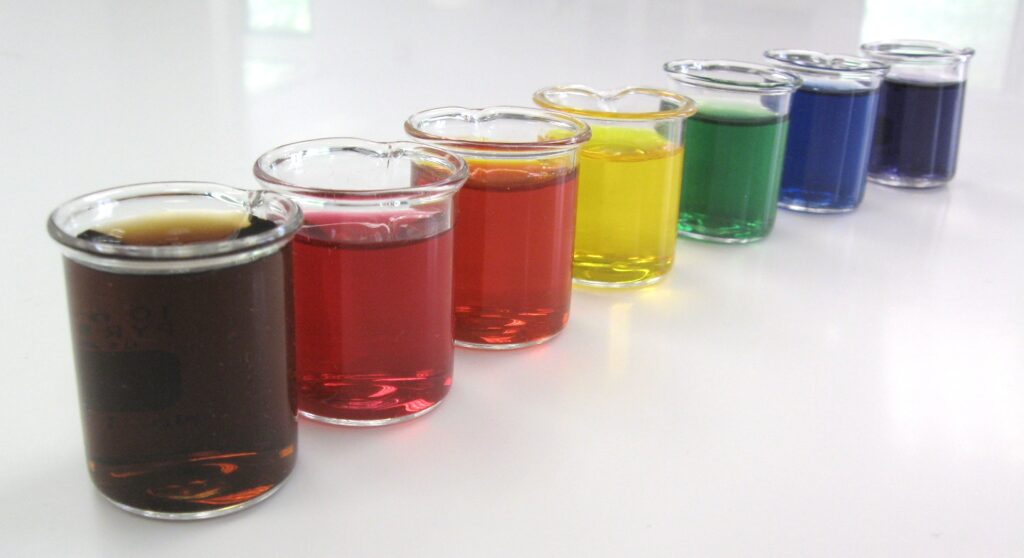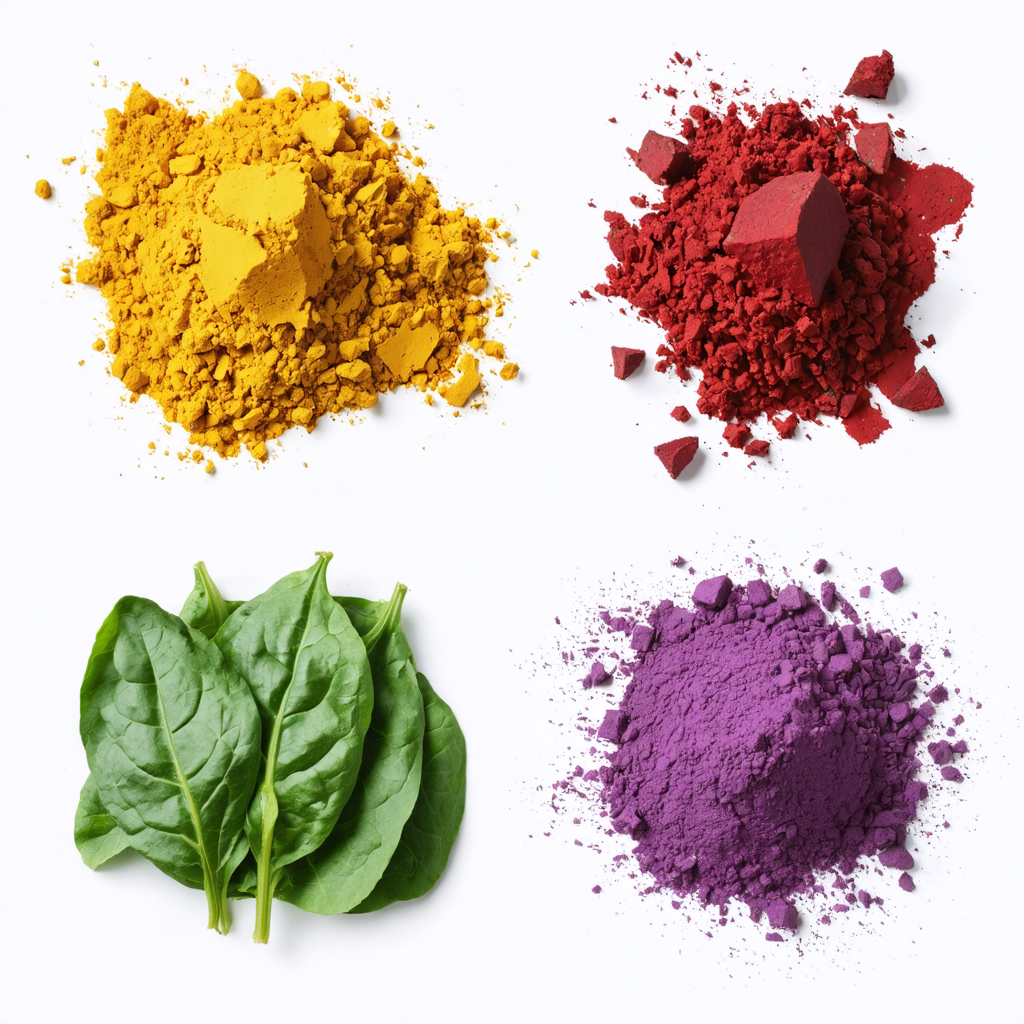Have you ever considered adding more color to your diet? While taste and flavor are important, adding a variety of natural food colors to your meals can not only make them more visually appealing but also provide a range of health benefits.
Here are top 5 natural food colors that you can incorporate into your diet
Table of Contents
ToggleRED RADISH
- Rich in anthocyanins and betalains, which give them a vibrant red color
- Can be added to salads, sandwiches, or as a side dish
- High in vitamin C, fiber, and may have anti-inflammatory properties
SAFFRON
- Contains crocin, which gives it a bright yellow-orange color
- Widely use in Middle Eastern and Mediterranean cuisine, and can be add to rice dishes, soups, or stews
- Has antioxidant and anti-inflammatory properties, and may have benefits for mood and depression. In addition to saffron, there is also safflower, which is a plant that produces a similar yellow-orange dye call carthamin. This dye can be used as a natural food coloring agent and is sometimes use as a substitute for saffron in certain dishes.
- However, safflower does not have the same distinct flavor and aroma as saffron, so it may not be suitable for all recipes. It is important to note that safflower should not be confused with “safflower oil,” which is a different product that is often use for cooking and has its own set of health benefits.
SPIRULINA
- A type of blue-green algae, rich in phycocyanin pigment, which gives it a vibrant blue-green color
- Often consumed in supplement form or added to smoothies, juices, or energy bars
- High in protein, antioxidants, and anti-inflammatory compounds, and may have benefits for immune function and blood sugar control
TURMERIC
- Contains curcumin, which gives it a bright yellow-orange color
- Widely used in Indian and Southeast Asian cuisine, and can be add to curries, rice dishes, and smoothies
- Has potent anti-inflammatory and antioxidant properties, and may have benefits for brain health, arthritis, and digestive health
PURPLE SWEET POTATO
- Contains anthocyanins, which give it a deep purple color
- Can be bake, boil, or roast, and add to side dishes or salads
- High in antioxidants, fiber, and may have benefits for blood sugar control and inflammation
- Incorporating these natural food colors into your diet can not only make your meals more visually appealing but also provide a range of health benefits. So, next time you’re at the grocery store or planning your meals, consider adding some color to your plate.
WHY YOU MAY WANT TO INCORPORATE THESE FIVE FOOD COLORS INTO YOUR DIET
Red (Radish): Radishes are a good source of vitamin C, folate, and fiber, and contain a pigment called anthocyanin that has antioxidant properties.
Orange/Yellow (Saffron): Saffron contains compounds that have antioxidant and anti-inflammatory properties, and may help improve mood.
Blue/Green (Spirulina): Spirulina is rich in nutrients, including protein and phycocyanin, a pigment with antioxidant and anti-inflammatory properties.
Yellow/Orange (Turmeric): Turmeric contains curcumin, a compound with potent antioxidant and anti-inflammatory properties that may help improve brain function and reduce the risk of heart disease.
Purple (Purple Sweet Potato): Purple sweet potatoes contain pigments called anthocyanins that have antioxidant properties, and may help improve blood sugar control and reduce inflammation.
Incorporating a variety of colorful fruits, vegetables, and spices into your diet can help ensure that you’re getting a wide range of nutrients and health benefits. So, consider adding these five food colors to your meals for a colorful and nutritious diet!




